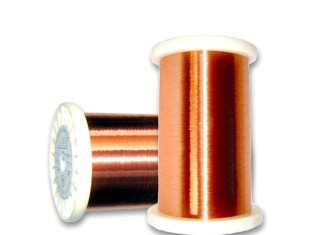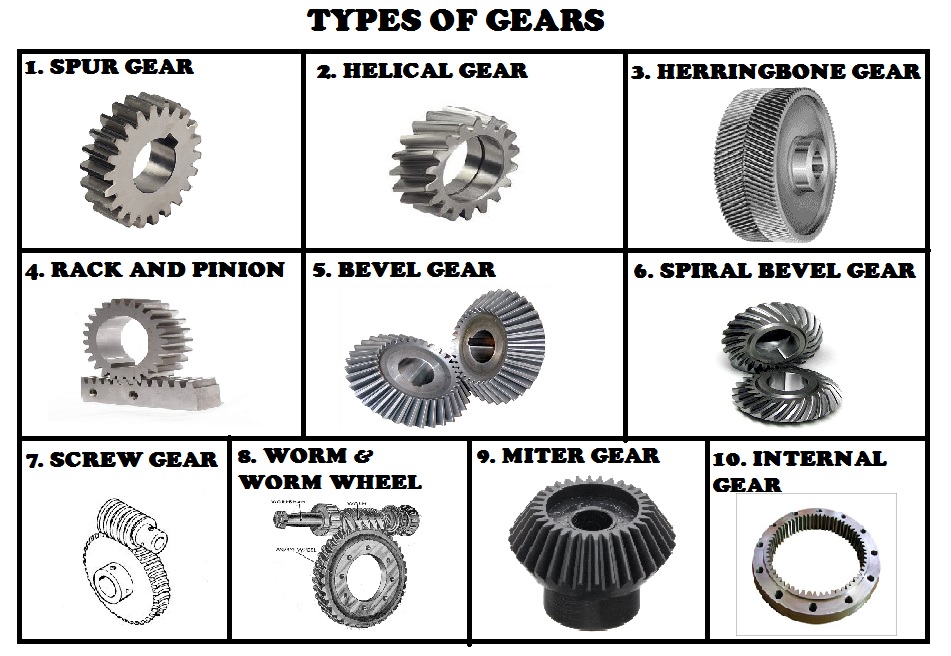HEAT TREATMENT FURNACES
1. Hearth Furnaces
These furnaces are heated by fuel which may be coke, coal, gas (town, blast or natural) and fuel oil. They can also be operated electrically. They are generally of two types.
(a) Stationary type
It consists of four types
(1) Direct fuel fired furnace
(2) Indirect fuel fired furnace
(3) Multiple furnace
(4) Re-circulation furnace
(b) Movable type
It consists of two types
(1) The car bottom type
(2) The rotary type
2. Bath Furnaces
In bath type furnaces, heating may be done using by gas, oil or electricity. These furnaces are further classified as:
(1) Liquid bath type
(2) Salt bath type
(3) Lead bath type
(4) Oil bath type
What is a furnace?
A furnace is essentially a thermal enclosure and is employed to process raw materials at high temperatures both in solid state and liquid state. Several industries like iron and steel making, non ferrous metals production, glass making, manufacturing, ceramic processing, calcination in cement production etc. employ furnace. The principle objectives are
a) To utilize heat efficiently so that losses are minimum, and
b) To handle the different phases (solid, liquid or gaseous) moving at different velocities for different times and temperatures such that erosion and corrosion of the refractory are minimum.
What are the components of a furnace?
The principle components are
i. Source of energy
a) Fossil fuel: For fossil fuel one requires burner for efficient mixing of fuel and air. Arrangement of burner is important.
b) Electric energy: Resistance heating, induction heating or arc heating.
c) Chemical energy: Exothermic reactions
ii. Suitable refractory material:
Refractory design is important. Thermal enclosure of the furnace is designed and constructed keeping in view the requirements. For example refractory facing the thermal enclosure must have high refractoriness, chemically inert etc. Whereas refractory facing the surrounding must have low thermal conductivity to minimize heat losses.
iii. Heat exchanger:
Heat exchanger is becoming now as part of the fossil fuel fired furnaces in order to recover and reuse the heat of POC. Heat of POC can be used either external to furnace by installing a heat exchanger or internally by recirculation the POC within the furnace.
iv. Instrumentation and control:
Furnaces are equipped with POC analyzer and temperature control.
















